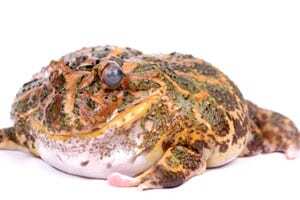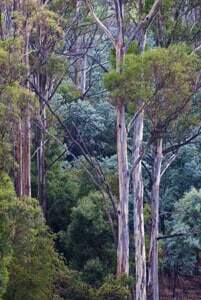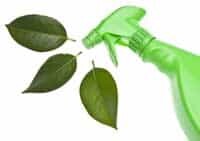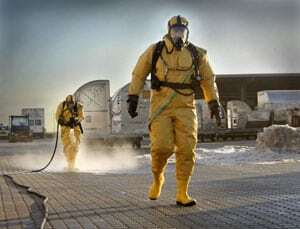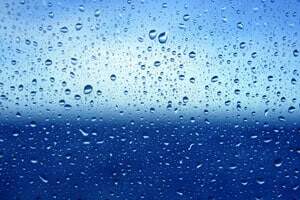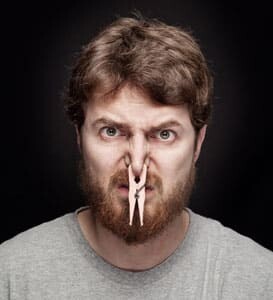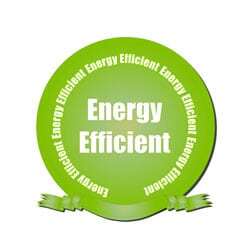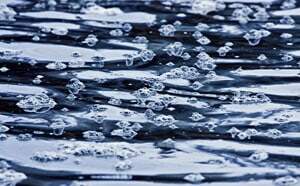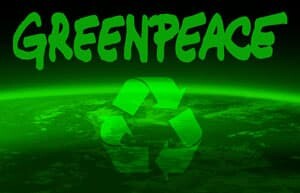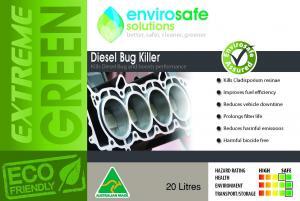 Nutting out a multi-partisan approach to climate change in Australia continues to be a major concern for Australian business and families and communities. The problem may be a failure to compromise on the part of the major parties and the tendency to use what is a serious issue as a political popularity strategy, moving it further and further away from its real aim which is to develop a clear and sustainable approach that can save future generations from dire climate change consequences if governments fail to act.
Nutting out a multi-partisan approach to climate change in Australia continues to be a major concern for Australian business and families and communities. The problem may be a failure to compromise on the part of the major parties and the tendency to use what is a serious issue as a political popularity strategy, moving it further and further away from its real aim which is to develop a clear and sustainable approach that can save future generations from dire climate change consequences if governments fail to act.
To further complicate the issue, climate change sceptic Lord Christopher Monckton has been touring Australia and has recently been speaking in Perth at the invitation of industry on the west of the continent. Lord Monckton recently claimed that Professor Ross Garnaut’s ‘view that people should accept the mainstream view of climate change is akin to “fascism.”’[1]
At present, the multi-party climate change committee comprising Greens, Labor and Liberal and independents, is meeting to try to reach a solution to the carbon tax deadlock. The committee is also advised by a panel of 4 independent experts – Professor Ross Garnaut, Professor Will Steffen, Mr. Rod Sims and Ms. Patricia Faulkner.[2]
Independent, Mr. Rob Oakeshott has said that the most contentious issues where agreement is still not being reached are:
- Compensation for polluting industries that rely on exports
- Compensation for Australian households
- Proportion of carbon tax to be funnelled over to renewable energy projects.[3]
Mr Oakeshott has also stated that he hopes agreements on these key points can be clarified and reached in the coming two weeks.
And while debate rages on the issue between the major parties, some industries and organisations are transitioning towards the change. Rather than disputing the relevance of a carbon tax, the Australian Aluminium Council has come forward and stated that “we understand there will be a carbon price and we are now looking for that to be factored in a way that gives industry a chance to compete with overseas producers and a chance to transition to a low carbon economy.”[4] Miles Prosser, the council’s representative also said that the main requirement for his industry was time – time to adapt to the changes and time to make sure that jobs sites such as Alcoa’s Portland refinery were not lost because of a too rapid implementation of a carbon price scheme.
One of the key issues the Greens have been calling for on the Climate Change panel is what proportion of money from the carbon tax scheme will be coursed towards renewable energy projects. There has been debate in the media in the past few days suggesting that the Labor government has acceded to this request as part of a compromising solution to the deadlock.
Envirosafe Solutions supports the development of a multi-party compromise to the carbon tax deadlock and will keep readers updated on the latest developments concerning the multi-party climate change committee and the finalities of any agreements relating to the carbon tax. For more information on other eco-friendly approaches to domestic and business practices and cleaning and the minimisation of your environmental footprint, call Envirosafe Solutions on 1300889070
[1] http://www.abc.net.au/lateline/content/2011/s3252161.htm
[2] http://www.climatechange.gov.au/media/whats-new/climate-change-committee.aspx
[3] http://www.abc.net.au/news/storied/2011/06/29/3256399.htm?section=justin
[4] http://www.abc.net.au/news/stories/2011/06/29/3256145.htm








